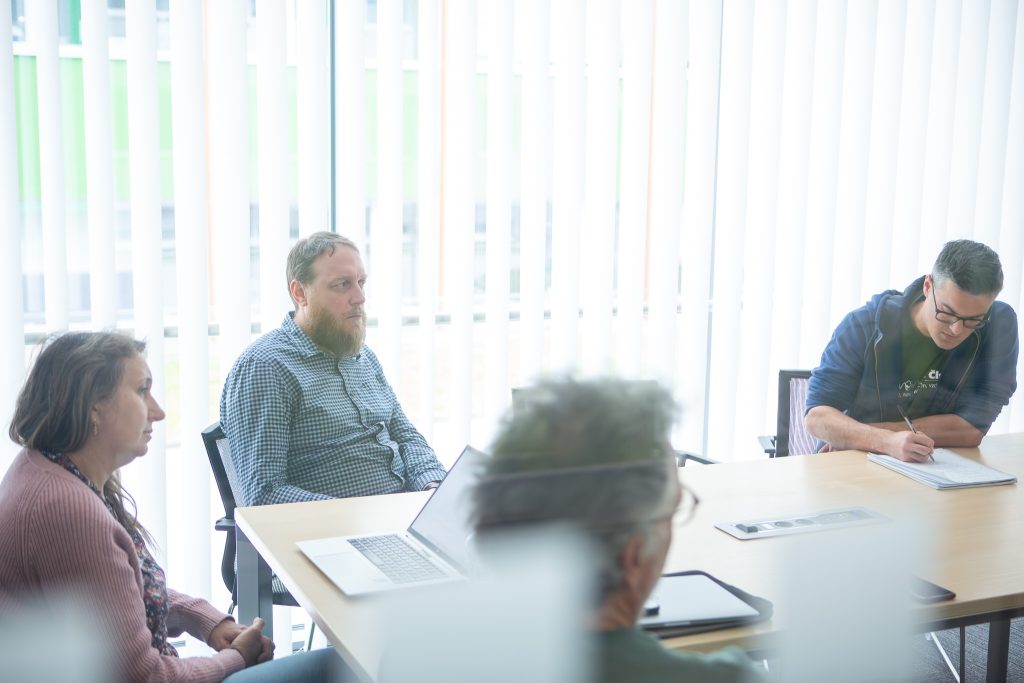Members are based in different countries and institutions — they do not work together in a single location. Instead, collaboration happens through a series of scheduled in-person meetings, workshops, and online sessions. This model ensures focused, high-intensity interaction while allowing participants to continue their regular research at their home institutions between meetings.
New Working Groups are created gradually, in response to emerging scientific needs, available expertise, and opportunities for collaboration.
Each Working Group focuses on one specific research theme. Here are examples of potential topics under consideration for future WGs:

Are you interested in forest invasion research, would you like to collaborate with us, and are you considering starting a new working group? Explore some of the possible research topics below for inspiration.
As new WGs are established, this page will provide an up-to-date overview, including each group’s focus, leadership, members, work plan, and key outputs.
Project HIVE 101187384. Funded by the European Union. Views and opinions expressed are however those of the author(s) only and do not necessarily reflect those of the European Union or the European Research Executive Agency. Neither the European Union nor the granting authority can be held responsible for them.